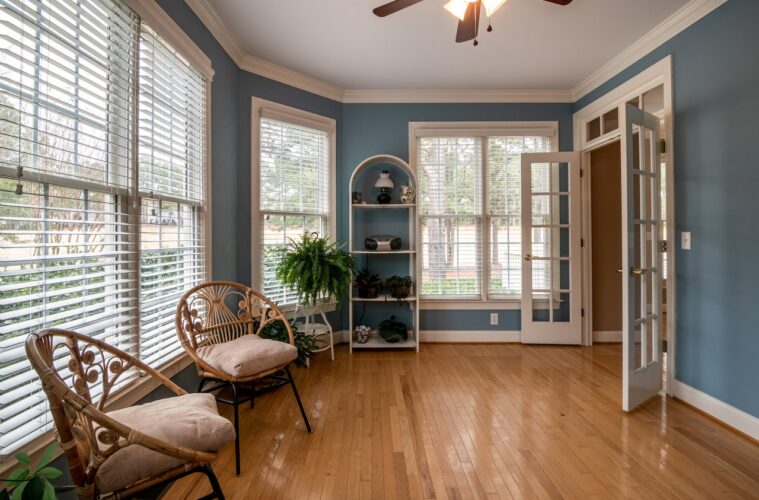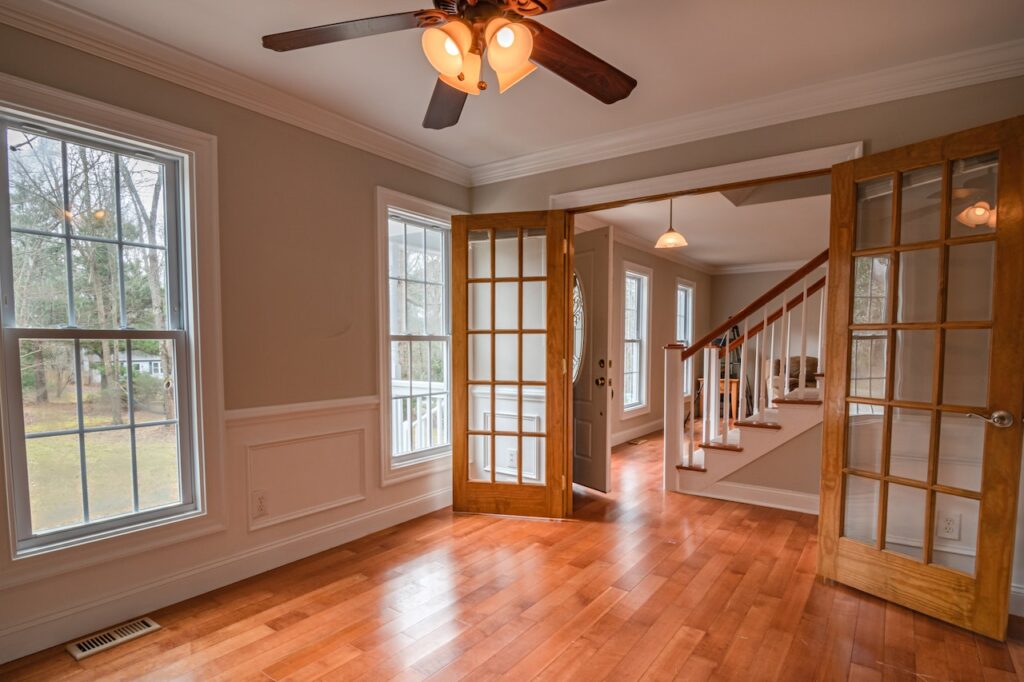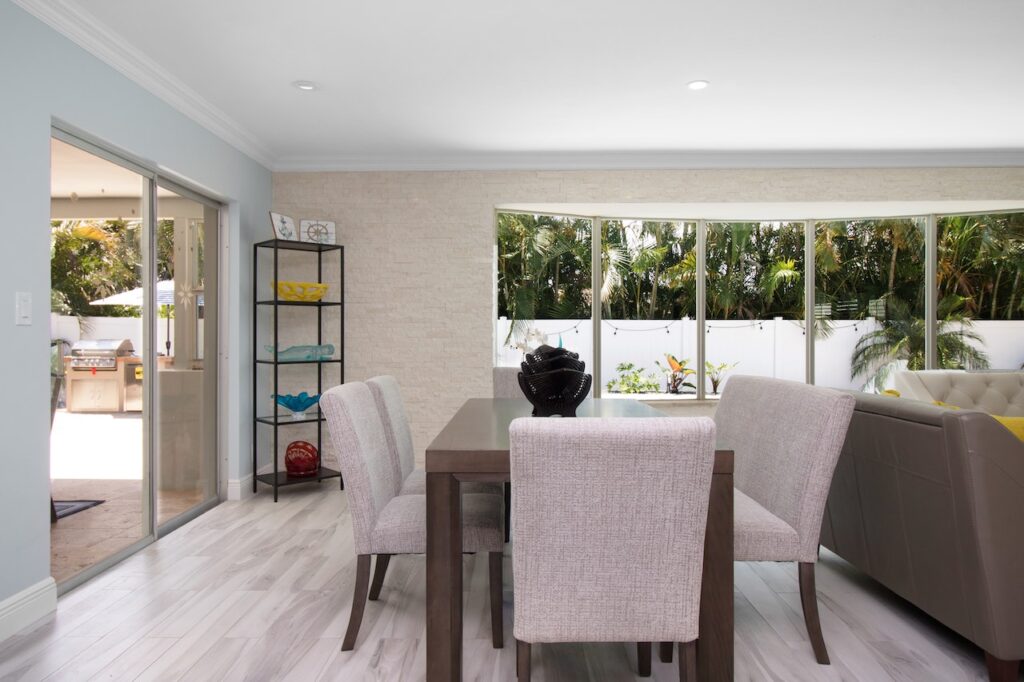As people age or face mobility challenges, it becomes increasingly important to adapt our living spaces to accommodate these needs. Fortunately, there are various affordable ways to make your home more accessible without breaking the bank. This blog post explores some cost-effective solutions that allow people with mobility issues to live independently and safely at home.
Bathroom Accessibility
The bathroom is often one of the most challenging areas for individuals with mobility impairments. One of the most affordable and impactful changes you can make is to install a walk-in shower. A walk-in shower adds convenience and safety to your bathing routine by eliminating the obstacle of a high ledge, reducing the chances of accidents, and enhancing overall comfort. Besides its functionality, walk-in showers can also add a touch of modern elegance to your bathroom design.
Other affordable bathroom modifications include adding grab bars near the toilet and shower areas to provide extra support when transitioning between positions. Installing a raised toilet seat can also make sitting down and standing up from the toilet more comfortable for those with limited mobility.
Ramps and Pathways
Ramps are a crucial accessibility feature that provides a smooth transition between different elevations both inside and outside the home. Portable ramps are an affordable option that can be easily adjusted and moved as needed. These portable solutions are perfect for individuals who rent their homes or have multiple entrances that require ramp access.
Another way to improve outdoor pathway accessibility is by ensuring they are well-lit and free from obstacles such as overgrown vegetation or uneven pavement. Clear pathways reduce trip hazards and create a safer environment for those using walkers, canes, or wheelchairs.
Doorway and Hallway Modifications
Doorways can present challenges for individuals who use wheelchairs or walkers due to the width or weight of the door. An affordable and simple way to increase doorway accessibility is by installing swing clear hinges. These hinges allow doors to swing entirely out of the doorway, providing additional space for easier passage.
Hallways can also be modified by removing any unnecessary furniture, decorations, or clutter that may obstruct passage. Handrails along the walls can offer added support and stability for individuals navigating their homes.
Kitchen Modifications
The kitchen is another area where accessibility modifications can make a significant difference in one’s day-to-day living. Some affordable solutions include installing pull-out shelves or drawers in cabinets, allowing easier access to items without bending down or reaching too high. Lever-style faucet handles are easy to grip and maneuver, making turning the water on and off more manageable for those with limited dexterity.
Another option is to rearrange your kitchen layout to ensure frequently used appliances and utensils are within easy reach. This could mean relocating a microwave to a lower shelf or adding lazy Susans in corner cabinets for simple access to pots and pans.
Improving Accessibility in the Bedroom
The bedroom should be a sanctuary where everybody can rest and recharge their batteries. Improving accessibility in this space is crucial for those with mobility challenges. Here are some budget-friendly approaches to making your bedroom more accessible:
A bed that can be easily raised or lowered makes it easier for individuals with mobility issues to get in and out of bed safely. Look out for adjustable beds on sale, or consider purchasing a mattress riser if a new bed is too expensive.
Installing railings on the sides of the bed provides support and helps prevent falls. Many portable bedside railings are available at affordable prices.
Keeping belongings organized and within easy reach reduces the need for excessive movement around the room. Opt for low shelves or rolling storage carts to make items more accessible.
Final Thoughts
Home accessibility is crucial for maintaining independence and overall quality of life. As we’ve seen, numerous affordable solutions can make your living space more comfortable for people with mobility challenges, cognitive impairments, or those simply looking to age in place gracefully. By adopting some of these low-cost ideas, you can create an inclusive and barrier-free home environment.



